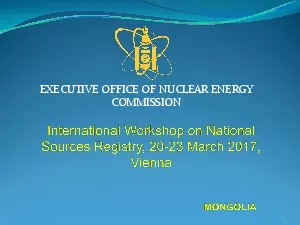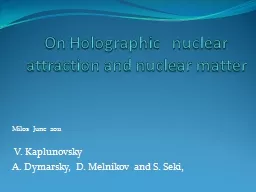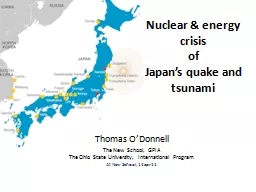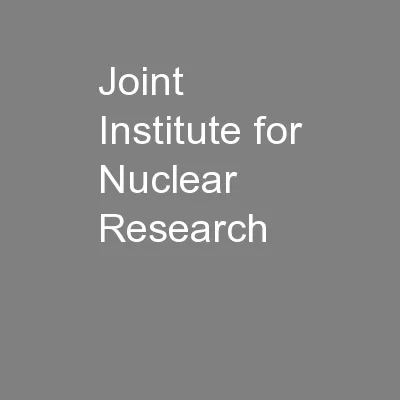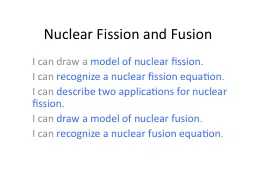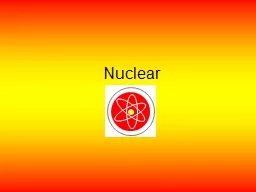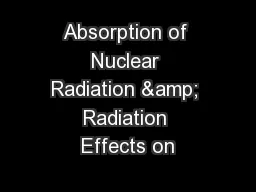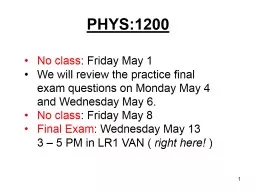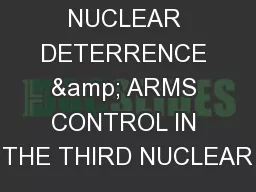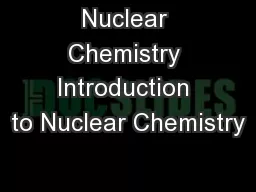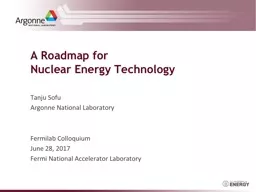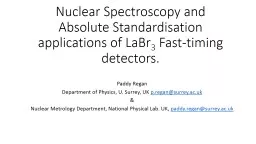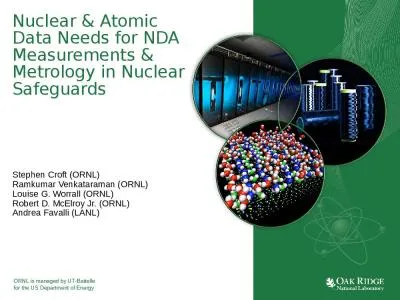PDF-EXECUTIVE OFFICE OF NUCLEAR ENERGY
Author : jainy | Published Date : 2021-08-20
COMMISSION1Contents Application History of Regulatory AuthoritiesRegulatory StatusNECGASIInternational instrumentsLaw and regulationsSafeguard and securityRAIS2NUCLEAR
Presentation Embed Code
Download Presentation
Download Presentation The PPT/PDF document "EXECUTIVE OFFICE OF NUCLEAR ENERGY" is the property of its rightful owner. Permission is granted to download and print the materials on this website for personal, non-commercial use only, and to display it on your personal computer provided you do not modify the materials and that you retain all copyright notices contained in the materials. By downloading content from our website, you accept the terms of this agreement.
EXECUTIVE OFFICE OF NUCLEAR ENERGY: Transcript
Download Rules Of Document
"EXECUTIVE OFFICE OF NUCLEAR ENERGY"The content belongs to its owner. You may download and print it for personal use, without modification, and keep all copyright notices. By downloading, you agree to these terms.
Related Documents

